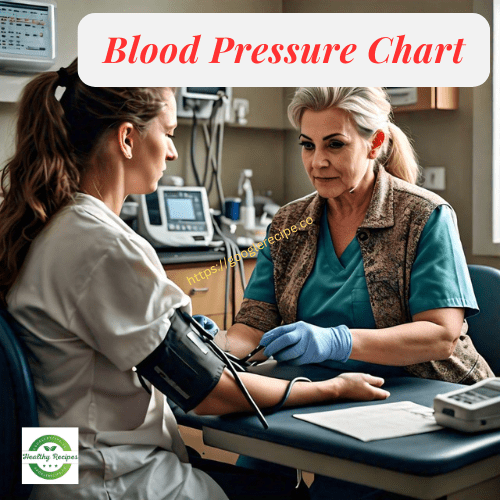Plant Hormones
Plant Growth: Tropisms and Hormones
Plant Hormones? You probably haven’t, but it’s a fascinating topic! Since both light and water are essential for photosynthesis, plants have developed intricate mechanisms to ensure they maximize their uptake of these two key stimuli. These mechanisms are called tropisms.
What is Tropism?
Tropism refers to a plant’s production feedback to an exterior impetus. In the context of light and water, tropisms play a crucial role in helping plants adapt to their environment.
Positive and Negative Tropisms
- Positive Tropism: This occurs when a plant grows towards a stimulus. For example, plants often grow towards light to maximize the amount of light they receive for photosynthesis.
- Negative Tropism: This occurs when a plant grows away from a stimulus. Roots typically exhibit negative tropism by growing away from light and deeper into the soil to avoid drying out.
Phototropism: Growth in Response to Light
Phototropism is a type of tropism where a plant grows in response to light. Here are some examples:
- Positive Phototropism: The shoots of plants grow towards light sources. This helps the plant maximize light absorption for photosynthesis.
- Negative Phototropism: The roots of plants grow away from light and deeper into the soil, where they can find more moisture and stability.
Geotropism: Growth in Response to Gravity
Geotropism is the production of a plant in feedback to gravity. Plants exhibit two main types of geotropism:
- Negative Geotropism: The stem grows against gravity, upwards towards the light. This allows the plant to reach more light for photosynthesis.
- Positive Geotropism: The roots grow in the direction of gravity, downward into the soil. This helps the plant anchor itself and access water and nutrients.
The Role of Plant Hormones
Plants control their growth using hormones, much like humans do. Two key Plant Hormones involved in tropisms are auxins and gibberellins.
- Auxins: These hormones promote cell elongation and are crucial for the plant’s response to light and gravity. Auxins collect on the side of the plant that is distant from the light, causing the cells there to lengthen and the plant to bow towards the light.
- Gibberellins: These hormones have a role in stem elongation, germination, and blooming, among other aspects of general plant growth and development.
Practical Applications of Plant Hormones
Understanding Plant Hormones:
- Weed Killers: Synthetic auxins are used in weed killers to cause uncontrolled growth in weeds, eventually killing them.
- Fruit Ripening: Gibberellins are used to control the timing of fruit ripening, ensuring that fruits are ready for harvest at the optimal time.
Conclusion
Plants have evolved complex mechanisms to ensure they grow towards essential stimuli like light and water. Tropisms and plant hormones, like auxins and gibberellins, play critical roles in directing plant growth.
By understanding these processes, we can better appreciate the adaptability and resilience of plants, and even harness these mechanisms for agricultural advancements.
FAQs about Plant Tropisms and Hormones
What is tropism?
Tropism refers to the growth response of a plant to an external stimulus, such as light, gravity, or water. This response helps the plant optimize its growth conditions.
What are the different types of tropisms?
- Phototropism: Production in response to light.
- Geotropism (Gravitropism): Production in response to gravity.
- Hydrotropism: production in response to water.
- Thigmotropism: production in feedback to touch or physical meeting.
What is a positive tropism?
Positive tropism exists when a plant cultivates towards a impetus. For example, shoots growing towards light exhibit positive phototropism.
What is a negative tropism?
Negative tropism exists when a plant cultivates away from a impetus. For example, roots growing away from light and deeper into the soil exhibit negative phototropism.
How do plants sense and respond to light?
Plants sense light using photoreceptors and respond through phototropism. Auxins, a type of plant hormone, accumulate on the side of the plant away from the light, causing cells to elongate and the plant to bend towards the light.
What is geotropism?
Geotropism (gravitropism) is the growth response of a plant to gravity. Stems exhibit negative geotropism by growing upwards, against gravity, while roots exhibit positive geotropism by growing downwards, with gravity.
What role do auxins play in plant growth?
Auxins are plant hormones that regulate cell elongation and are essential for phototropism and geotropism. They help the plant bend towards light and grow roots deeper into the soil.
What are gibberellins, and what do they do?
Gibberellins are plant hormones that promote overall growth and development, including stem elongation, seed germination, and flowering. They play a vital role in various stages of the plant life cycle.
How are plant hormones used in agriculture?
Plant hormones have several practical applications:
- Weed Killers: Synthetic auxins cause uncontrolled growth in weeds, leading to their death.
- Fruit Ripening: Gibberellins are used to control the timing of fruit ripening, ensuring optimal harvest times.
Can plants grow without light?
Plants need light for photosynthesis, the process by which they produce food. While some plants can survive in low light conditions, all plants require some light to grow and thrive.
How do roots know to grow downward?
Roots grow downward due to positive geotropism. Gravity causes auxins to accumulate on the lower side of the root, inhibiting cell elongation there and causing the root to grow downward.
Why do some plants grow towards water?
Plants exhibit hydrotropism, where roots grow towards higher moisture levels in the soil. This response ensures that the plant can access sufficient water for its survival and growth.


